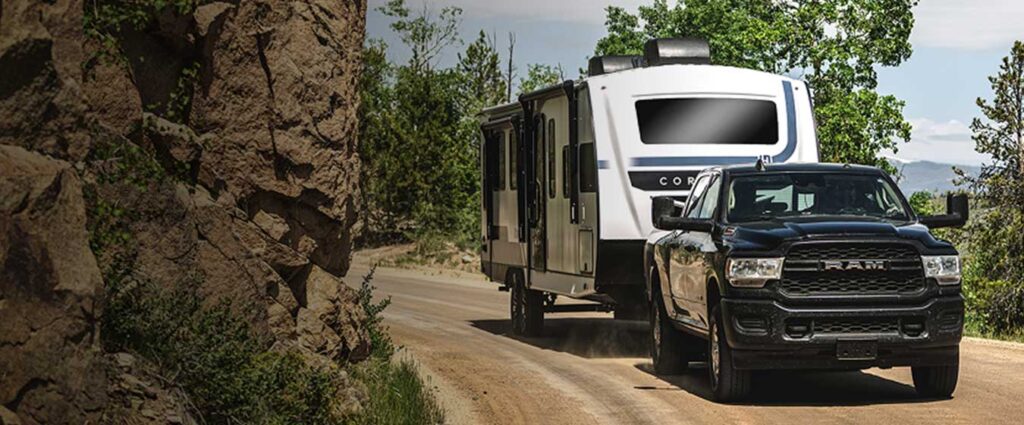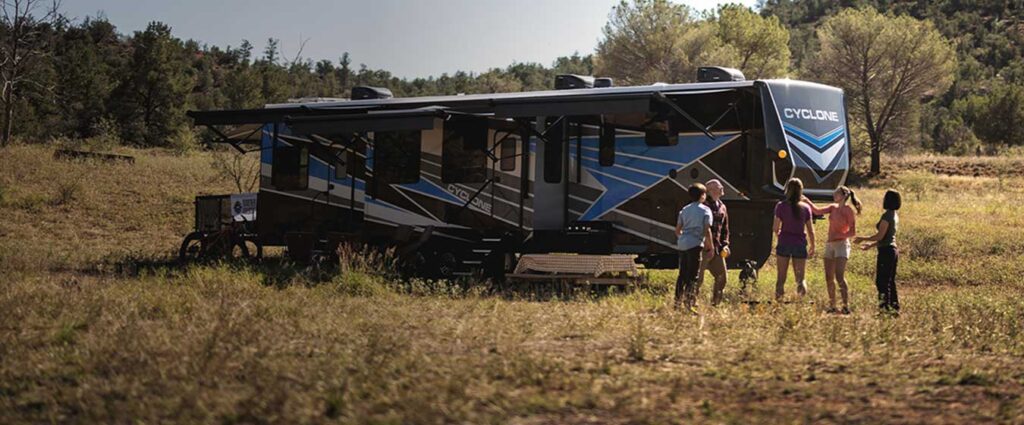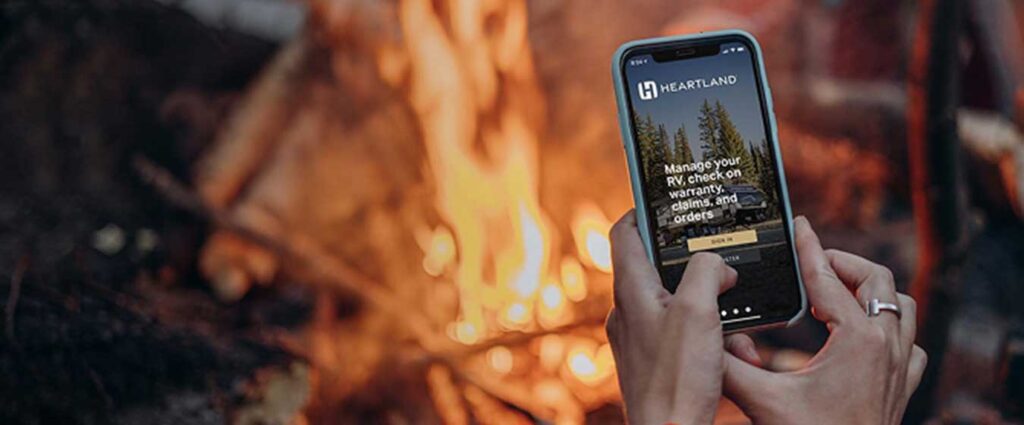If you’re considering the RV lifestyle, you may be wondering how the living costs compare to owning a traditional house or renting an apartment or condo. Many people wonder if the RV lifestyle is a less expensive alternative to traditional living arrangements. The answer is: it depends. To help you compare expenses in your own circumstance, let’s talk about 7 unexpected RV living costs that you might not be considering.
Campsites
You may assume that campsites are inexpensive since you’re bringing your own home, but don’t be fooled. Campsites can cost anywhere from $15/night to $130/night. Just like with a home, you get what you pay for. If you want to boondock with no water, electric or sewer in the middle of BLM land, you can snag a spot for $0. But if you’re looking for plush green grass, a cement pad with a picnic table, fire ring and nice amenities, you’ll pay upwards of $60-$70/night. You can easily spend $1,200 in a month for mediocre campsites.

Propane
With propane fueling your stove, furnace, and potentially your water heater, outdoor grill and refrigerator, don’t forget to budget for refilling your propane tanks. How often you’ll need to refill depends on a few things:
- Time of year and/or if it’s winter
- How big your rig is (more space = more heat
- If you’re cooking at home frequently
- If you have electric hookups to run your refrigerator and water heater
Refilling your tank will typically run you around $19 to $23. In the winter when the temperatures have dipped below freezing, we were going through a 20-lb. tank of propane in a week. However, in the summer, we can make it a month and a half or two months on one tank.
Laundry
Just like college, the RV lifestyle will leave you trained to always have quarters on hand. With some campgrounds, offering free laundry (very rare), some offering it at a discounted rate of $1.50/wash and $1.50/dry, and others offering at $3.50/wash and $4.00/dry. Some still do not offer any laundry on site. We’ve seen some campgrounds require quarters, some have mobile apps and some have special cards. This is the most variable cost we have.
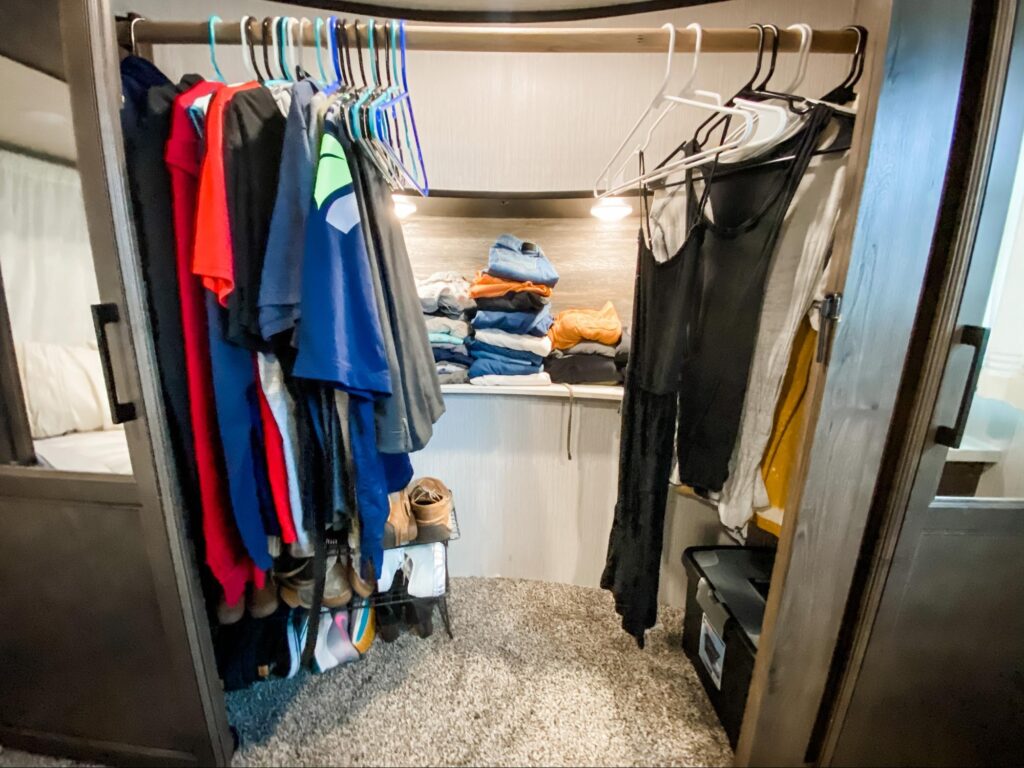
Honey Wagon
When you stay at a campground with no sewer hookups, you have a couple options when your tanks fill. You could use a small tote to empty your tanks and to to the dump station on location. This options takes quite a bit of time and requires the patience to fill the tote, go empty it, fill it again, etc. You could hook up your entire rig, haul it to the dump station on location and empty it. This option also requires a bit of time and hassle because you have to come off your leveling blocks, bring your slides in, disconnect other utilities and pack everything that could break inside.
The third option that some campgrounds offer is a Honey Wagon. This is a truck that comes around and empties your tanks for you. You simply call and ask to be put on the list – it’ll cost you though. Ranging from $20-$60 per dump, depending on the urgency, you can rack up quite a Honey Wagon bill by the end of your stay.
RV Memberships
When you first start out, you may be looking to save money by purchasing RV memberships. There are clubs you pay an annual fee for and will give you a certain discount at participating campgrounds. It’s usually anywhere from 10-50% off depending on the membership.
Memberships like The Dyrt and KOA offer 10% off with other reward incentives, while memberships like Thousand Trails allow you to stay in their network for $0 nightly fees when you pay your annual fees. Just as the discounts can have a wide range, so can the fees. Our first year, we spent $7,300 on RV memberships. The second year, we spent $1,200. And our third year, we spent $1,060.
Gas
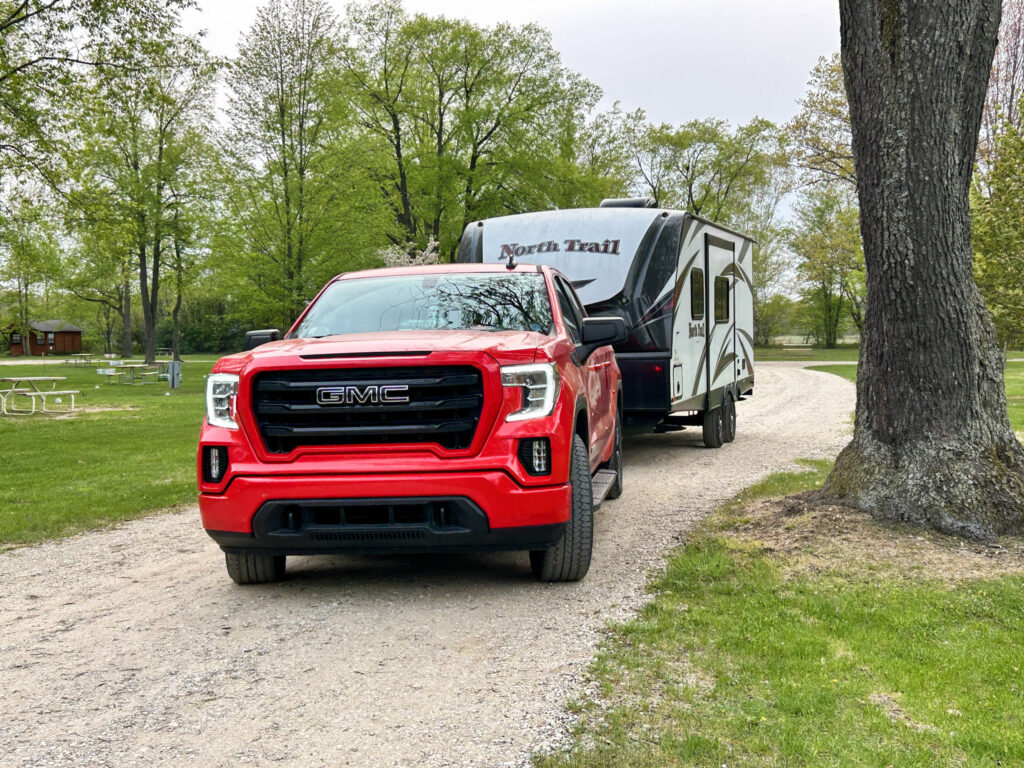
Dining Out
Part of what we love about traveling is getting to try the different restaurants that make an area special. Whether it’s a Kolache in the Czech capital of America, incredible pizza in the Pacific Northwest, or ice cream curls in Paducah, Kentucky, we want to try the foods that the locals love. We know this is part of the way we like to explore an area, so we budget for it. Our first year, we spent $2,700. The second year, we spent $2,500. And the third year, we spent $3,600.
So there you have it. We can’t necessarily tell you whether the RV lifestyle will be more or less expensive than your current lifestyle, but hopefully this list of 7 unexpected costs when RVing for an extended time gave you an idea of some of the categories you’ll need to include in your budget as you hit the road.
Remember, budgeting doesn’t have to be restrictive – it simply serves as a map for your money.
Original blog post was written by Life with Beth and Court – owners of a Heartland North Trail travel trailer.
